Chesapeake Water Quality at a Glance
significant concerns
Is Chesapeake Water Safe to Drink?
Generally Yes, With Caution – Chesapeake water meets federal standards but faces concerning PFAS contamination from Naval Auxiliary Landing Field Fentress due to firefighting foam. Additional concerns include chromium-6 levels up to 19 times health guidelines and disinfection byproducts. Water quality varies significantly by neighborhood and source.
⚠️ Key Concerns for Chesapeake Residents
- PFAS “Forever Chemicals”: Military firefighting foam contamination near Naval Auxiliary Landing Field Fentress affecting nearby wells
- Geographic Impact: Navy providing bottled water to affected homes; some residents still on carbon filtration systems
- Chromium-6: Cancer-causing hexavalent chromium detected at 60-380 parts per trillion, up to 19x health guidelines
- Disinfection Byproducts: Chloroform, bromodichloromethane above health guidelines from water treatment processes
Read the full report below for detailed analysis, neighborhood-specific data, and actionable recommendations for Chesapeake residents.
Chesapeake – Virginia – Water Quality Report 2025: PFAS Testing, Infrastructure Concerns & Safety across your city
Chesapeake Public Utilities serves approximately 245,000 residents across Virginia’s second-largest city by land area, providing water through a sophisticated multi-source system that ensures reliability and quality. The city operates two state-of-the-art water treatment plants—the Northwest River Water Treatment Plant and the Lake Gaston Water Treatment Plant—alongside contracts with Norfolk and Portsmouth for additional water supply. With roughly 15 million gallons produced daily through 65,000 service connections, Chesapeake’s water infrastructure spans diverse sources including surface water from the Northwest River, brackish groundwater wells, and treated water from Lake Gaston via Norfolk’s system.
Chesapeake’s unique geographic position near the Chesapeake Bay requires sophisticated treatment processes to manage both surface and groundwater sources. The Northwest River Plant utilizes conventional treatment and reverse osmosis technology, while the Lake Gaston facility employs advanced ultrafiltration processes. The city’s water consistently meets all federal and state drinking water standards through comprehensive testing programs that conduct hundreds of thousands of analyses annually. However, concerns remain regarding PFAS contamination from military firefighting foam use at Naval Auxiliary Landing Field Fentress, chromium-6 levels exceeding health guidelines, and disinfection byproducts from water treatment processes.
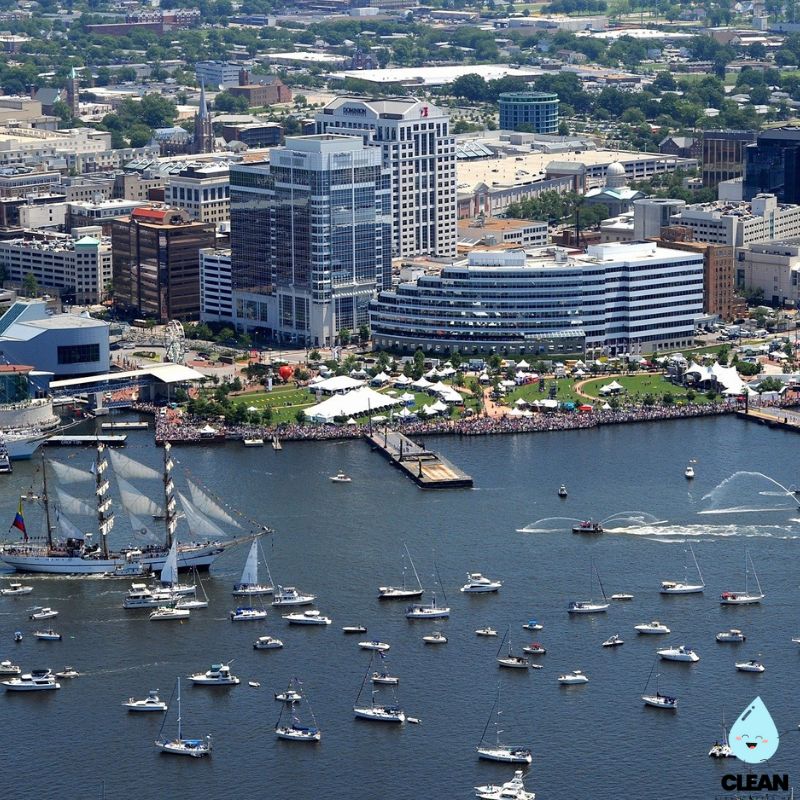
Chesapeake Water Quality: Current Status (2024-2025)
Latest Testing Results
- Lead and Copper Monitoring: Recent analysis shows lead levels in Chesapeake’s water at 90th percentile concentrations of less than 3 parts per billion, well below the EPA action level of 15 ppb, maintaining full compliance with federal drinking water standards.
- Testing Scope: Chesapeake conducts hundreds of thousands of water quality analyses annually throughout the treatment process, with additional sampling in approximately 400 homes and businesses citywide to ensure distribution system quality.
- Compliance Status: Chesapeake’s water consistently meets all federal Safe Drinking Water Act standards and Virginia Department of Health regulations, with continuous monitoring at both treatment plants ensuring optimal water quality.
Water Sources
- Northwest River: Primary surface water source providing water to the Northwest River Water Treatment Plant, supplemented by brackish groundwater from four wells along South Battlefield Boulevard.
- Lake Gaston Partnership: The city participates in the Lake Gaston Water Supply Pipeline project, receiving 10 million gallons per day of treated water from Norfolk, with future capability to treat Lake Gaston water directly.
- Western Branch Wells: Groundwater sources including Wells #1 and #3 plus an Aquifer Storage and Recovery well near Hampton Roads Executive Airport, providing natural fluoridation for the Lake Gaston plant water.
Advanced Treatment Technology
- Northwest River Plant: Features conventional treatment processes combined with reverse osmosis technology to handle both surface water and brackish groundwater, ensuring comprehensive contaminant removal.
- Lake Gaston Plant: Utilizes advanced ultrafiltration technology with an 8 million gallon per day capacity, currently treating purchased Norfolk water with future capability for direct Lake Gaston water treatment.
- Disinfection Systems: All water sources are disinfected with chloramine (produced by combining chlorine and ammonia), providing longer-lasting residual protection throughout the distribution system compared to free chlorine.
Infrastructure and Partnerships
- Regional Cooperation: Chesapeake maintains strategic partnerships with Norfolk and Portsmouth, purchasing treated water to ensure supply redundancy and meet peak demand periods across the service area.
- Distribution Network: The comprehensive distribution system serves 65,000 accounts with bimonthly billing cycles, supported by 24/7 customer service and emergency response capabilities.
- Quality Assurance: Operators test water multiple times daily at both treatment plants, with continuous monitoring systems ensuring optimal treatment processes and regulatory compliance.
Customer Service and Support
Chesapeake Public Utilities operates as an Enterprise Fund, generating revenue through user fees rather than taxes to maintain and improve water infrastructure. The utility partners with Hampton Roads Sanitation District (HRSD) for sewage treatment services, providing integrated billing through the Hampton Roads Utility Billing Service. Customers receive bimonthly bills covering both water and sewer services, with various payment options including online accounts, one-time payments, and automatic deductions. The utility maintains 24/7 emergency response services at 757-382-3550 for water main breaks and system emergencies, demonstrating its commitment to reliable service delivery throughout the greater Chesapeake area.
Recommendations for Chesapeake Residents
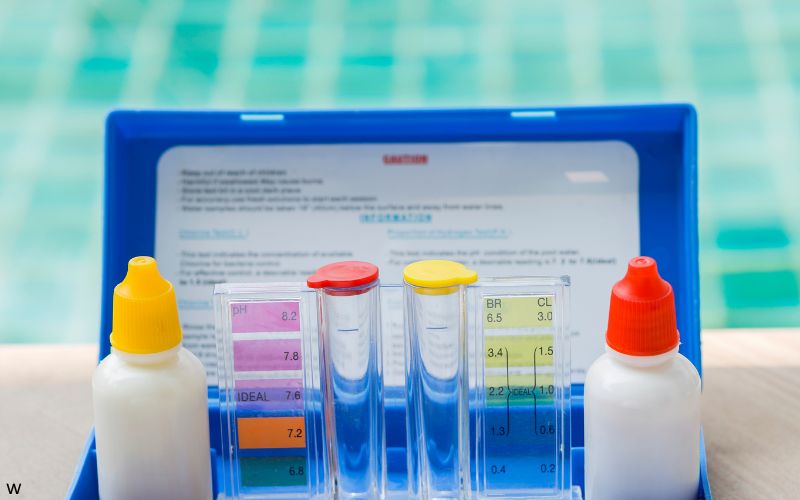
Test Your Water
Contact Chesapeake Public Utilities at 757-382-6352 for water quality testing information. Residents in areas with older plumbing systems or those served by private wells should consider testing for lead, especially homes built before 1986. If you live near Naval Auxiliary Landing Field Fentress, inquire about PFAS testing programs.

Monitor PFAS Updates
Stay informed about ongoing PFAS testing and mitigation efforts, particularly if you live near Naval Auxiliary Landing Field Fentress or other military installations. Virginia DEQ is actively monitoring PFAS levels and implementing new regulations to address these emerging contaminants, with compliance required by 2029.

Consider Filtration
Since Chesapeake uses chloramine disinfection, consider NSF-certified filters specifically designed to remove chloramine, disinfection byproducts, chromium-6, and PFAS compounds. Standard carbon filters may not effectively remove chloramine-related taste and odor issues or adequately address these specific contaminants.
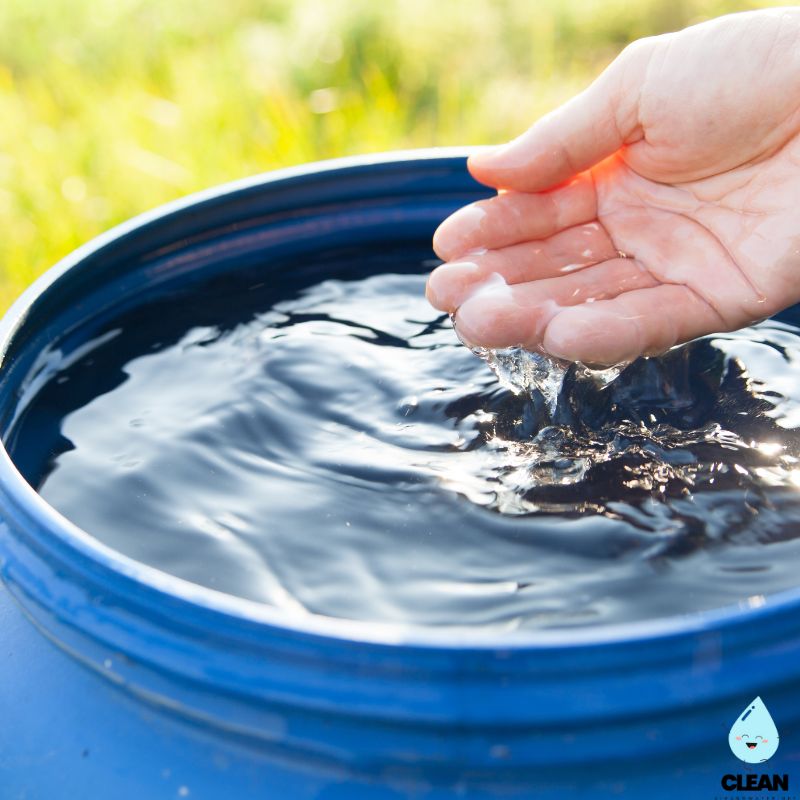
Practice Water Conservation
Support regional water sustainability by implementing water-saving practices. Chesapeake’s diverse water sources require conservation efforts to maintain supply reliability, especially during peak summer demand periods and drought conditions.

Report Issues
Contact Chesapeake Public Utilities at 757-382-6352 for water quality concerns or billing questions. For emergencies including water main breaks or pressure problems, call the 24-hour emergency line at 757-382-3550.
Frequently Asked Questions
Is Chesapeake’s tap water safe to drink?
Yes, Chesapeake’s tap water meets all federal and state drinking water standards. The city’s multi-source water system includes the Northwest River, Lake Gaston partnership, and groundwater wells, all treated through advanced filtration and disinfection processes.
Chesapeake Public Utilities conducts hundreds of thousands of analyses annually to ensure water quality compliance. Both treatment plants utilize sophisticated technology—conventional treatment with reverse osmosis at the Northwest River Plant and ultrafiltration at the Lake Gaston Plant. However, residents should be aware of ongoing concerns including PFAS contamination near military facilities, chromium-6 levels exceeding health guidelines, and disinfection byproducts from treatment processes.
Why does my water have a chlorine taste or smell?
Chesapeake uses chloramine for disinfection, which is produced by combining chlorine and ammonia. This creates a more persistent disinfectant that maintains water quality throughout the distribution system better than free chlorine.
Chloramine is primarily responsible for the taste and odor that some customers notice in tap water. Unlike free chlorine, this taste will not dissipate by leaving water in the refrigerator overnight. If taste or odor concerns persist, contact Chesapeake Public Utilities at 757-382-6352. Most standard water filters do not effectively remove chloramine, so consider filters specifically designed for chloramine removal if taste is a concern.
What about PFAS contamination in Chesapeake?
PFAS contamination has been detected in some areas of Chesapeake, particularly near naval facilities where firefighting foam was historically used:
• Naval Auxiliary Landing Field Fentress: The Navy provides bottled water and filtration systems to affected households and is working with the city on permanent water connections
• Naval Air Station Oceana: Testing conducted in nearby private wells with bottled water provided to households exceeding health advisory levels
• State Response: Virginia DEQ is actively monitoring PFAS levels and implementing new regulations to address these emerging contaminants
• EPA Standards: New federal drinking water standards for PFAS were finalized in April 2024, requiring compliance by 2029
If you live near military installations or airports, contact the relevant facility or Chesapeake Public Utilities for information about water testing programs.
How does Chesapeake’s diverse water system work?
Chesapeake operates a unique multi-source water system designed for reliability and quality:
Primary Sources:
• Northwest River Water Treatment Plant treats surface water and brackish groundwater
• Lake Gaston Water Treatment Plant processes water purchased from Norfolk
• Western Branch Wells provide naturally fluoridated groundwater
Partnerships:
• Regional cooperation with Norfolk and Portsmouth provides supply redundancy
• Participation in the Lake Gaston Water Supply Pipeline project ensures long-term supply security
This integrated approach allows Chesapeake to maintain reliable water service while adapting to changing demand and environmental conditions.
Quality News About Your Water
Get the comprehensive water quality news coverage you need with our dedicated US Water News Service. From coast to coast, we deliver in-depth reporting and expert analysis on PFAS contamination, EPA regulatory changes, infrastructure developments, and emerging water safety issues affecting communities nationwide. While mainstream media only covers the biggest stories, we provide the detailed, ongoing coverage that helps you understand the full scope of America’s water challenges. Whether you’re a concerned citizen, water professional, or community leader, our daily updates and analytical insights keep you informed about the issues that matter most to public health and environmental safety.
Contaminants of Concern

PFAS Compounds
Source: Per- and polyfluoroalkyl substances primarily from historical use of firefighting foam at Naval Auxiliary Landing Field Fentress and Naval Air Station Oceana, with additional sources from industrial processes and consumer products
Health Effects: Studies link PFAS exposure to increased cancer risk, immune system impacts, liver damage, decreased fertility, and increased risk of high cholesterol and changes in liver enzymes
Current Status: Navy provides bottled water and filtration systems to affected households near Fentress and Oceana; Virginia DEQ actively monitoring and implementing new regulations EPA Limits: New federal drinking water standards finalized in April 2024, requiring compliance by 2029
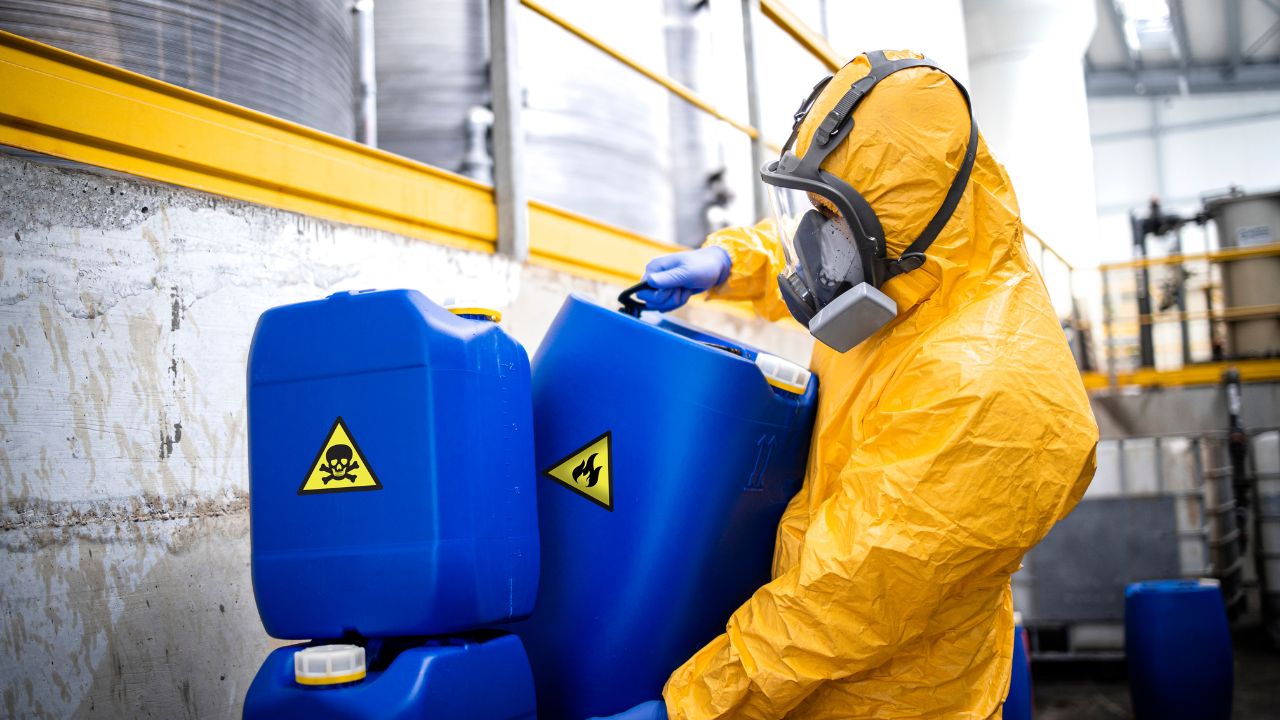
Chromium-6 (Hexavalent Chromium)
Source: Hexavalent chromium from industrial pollution and natural occurrences in mineral deposits and groundwater; levels vary significantly by water source and geographic area within Chesapeake
Health Effects: Known carcinogen linked to increased cancer risk, particularly lung cancer with inhalation exposure; oral exposure studies suggest potential increased cancer risk
Current Levels: Detected at 60-380 parts per trillion in different areas, with Western Branch area showing levels up to 19 times higher than California’s health guideline of 0.02 ppb EPA Status: Monitored but not federally regulated; California has established health guidelines
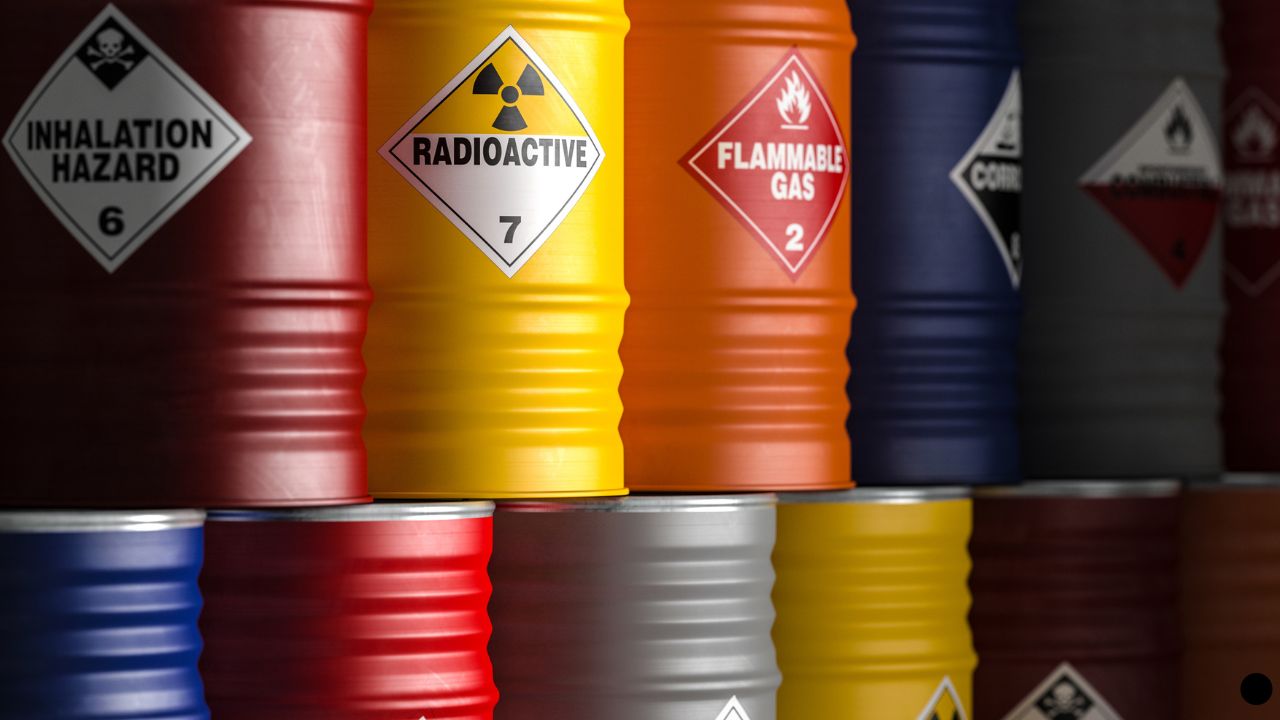
Disinfection Byproducts
Source: Formed when chloramine disinfectant reacts with naturally occurring organic matter in source water; levels can vary with seasonal water quality changes and organic matter content
Health Effects: EPA states association with increased bladder cancer risk and potential kidney, liver, and central nervous system problems with long-term exposure to elevated levels
Current Levels: Highest locational running annual averages of 63 ppb detected at treatment plants, with upper levels reaching 109 ppb for total trihalomethanes including chloroform and bromodichloromethane EPA Limits: 80 ppb for total trihalomethanes (TTHMs) and 60 ppb for haloacetic acids (HAA5)
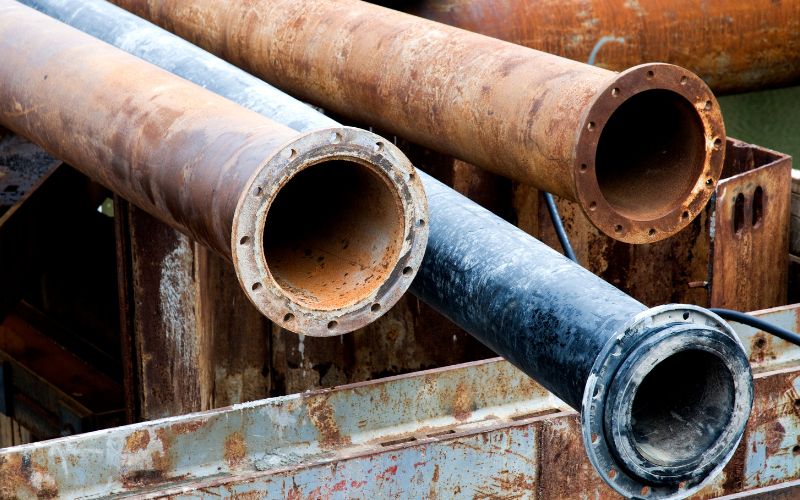
Lead
Source: Lead enters Chesapeake’s tap water through old lead service pipes and lead-containing plumbing in homes built before 1986; corrosion control measures help minimize leaching from pipes
Health Effects: EPA and CDC recognize there is no safe level of lead, particularly dangerous for children causing developmental delays, learning difficulties, reduced IQ, and behavioral problems
Current Levels: 90th percentile concentrations of less than 3 parts per billion, well below EPA action level of 15 ppb but above zero EPA Action Level: 15 ppb triggers additional treatment requirements and public notification
Please read – our information
The information presented on cleanairandwater.net is compiled from official water quality reports, trusted news sources, government websites, and public health resources. While we strive for accuracy and thoroughness in our presentations, we are not scientists, engineers, or qualified water quality professionals.
Our mission is to present water quality information in an accessible, real-world format that helps people understand what’s in their water and make informed decisions about their health and safety. We believe that complex environmental information should be available to everyone in a format that’s easy to understand.
We make every effort to ensure our content is current and accurate, but we cannot guarantee that all information is complete or error-free. This website should not replace official communications from your local water utility or health department. We always recommend consulting official sources for the most up-to-date information regarding your specific water system.
Clean Air and Water is not liable for any unintentional errors, omissions, or outdated information. The content on this site is provided for informational purposes only and should not be considered professional advice.


